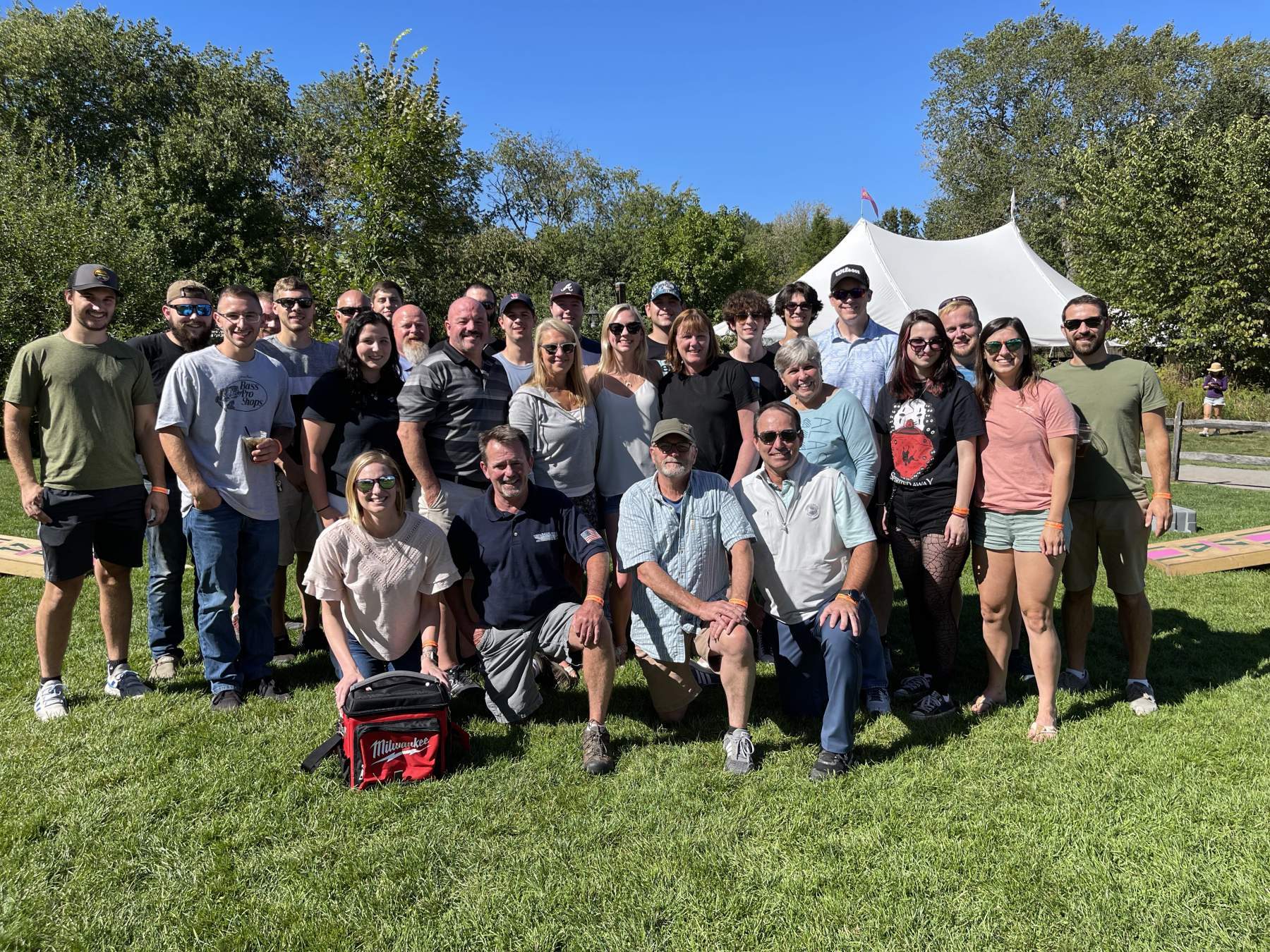Considering radon is the #1 cause of lung cancer among non-smokers it is important to know where it comes from and what to do if you find elevated levels. Radon is a radioactive gas that occurs when certain elements in soil, rocks, and water break down. You can’t see or smell radon and exposure to high levels can cause lung cancer. Radon enters through cracks and holes in the foundation and affect buildings, schools and homes.
Every home should be tested for radon. Radon has been found at elevated levels in homes in every state and the only way to know is to test. Check your Radon Area Potential on the EPA’s website: https://www.epa.gov/radon. Your home can have elevated levels of radon while your neighbor’s home does not. Radon testing is important and it could save your life. Thousands of lung cancer deaths could be avoided each year if home and building owners acted to test and fix. You can try to DIY with one of the inexpensive Radon Detector Kits or you could hire a professional to come test your indoor air quality.
DIY Radon Kits typically take two to seven days. Place the kit in a location where it will not be disturbed, in the lowest level regularly used in your home. Once the testing period is complete, seal the test kit and send it to a laboratory for analysis. In a matter of weeks, you will be notified of the radon level in your home.
Long-term tests tend to be more accurate as they collect more data. They take at least three months and measure long-term averages. If you don’t want to wait for a long-term test, short-term tests can indicate if your home has a problem and requires follow-up testing.
If you DIY your radon test you will have to understand how to read the results. Radon gas is measured in picocuries per liter (pCi/L) of air. The EPA recommends taking action to reduce radon if the result is 4.0 pCi/L or greater and to consider similar actions when the radon level is between 2 and 4.0 pCi/L. The ultimate goal is to get your radon level to the lowest level possible.
If you don’t have time for DIY you can always hire a professional HVAC company that deals with indoor air quality like Wilson Brothers. If high levels of radon are found in your house, you will want to get a whole home air purification system installed that is designed to redirect harmful radon gas out and away from your home.
If you are building a new home, ask your contractor to install radon-resistant features. These features include gravel and plastic sheeting below the foundation, along with proper sealing of cracks and the installation of a proper air purification system. Even with a radon-resistant house you will want to make sure to perform radon tests to know the level.
The American Lung Association is working with national partners and government agencies to build in ways to reduce radon in all homes. We can help reduce radon in homes by proactively testing the levels and resolving the problem in order to decrease the amount of radon in your indoor air. Below you can find some resources with more information on radon.
Resources for Radon
American Lung Association: https://www.lung.org/clean-air/at-home/indoor-air-pollutants/radon
The EPA: https://www.epa.gov/radon
The World Health Organization: https://www.who.int/news-room/fact-sheets/detail/radon-and-health








